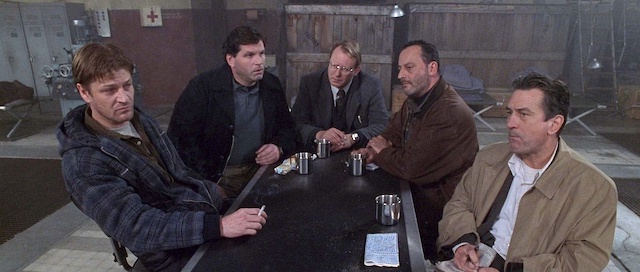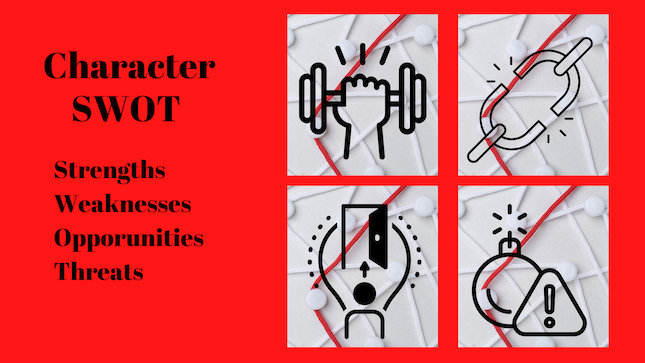Does Your Mystery Sleuth Need a Character Arc?

Your Detective’s Character
Plenty of novel writing advice tells you your protagonist must have a character arc. It’s the emotional journey your protagonist takes. They change their sense of self as the story progresses.
Reedsy describes the character arc map:
Character Arc Map: They believe the Lie that they’re unworthy of journey → They are overcome by obstacles on the journey because they continue to cling to Lie → They are forced to confront the Truth about their inner strength → They believe the Truth and they win.
If you are struggling to create a character arc for your mystery detective as they solve the crime, fear not. The protagonist in certain genres like thrillers and mysteries may have what is called a “flat arc.” The protagonist does not go on an inner journey.
The truth in a mystery is the revelation of the villain. The plot leads your sleuth on a journey to the revelation. That doesn’t mean they go without inner conflict. It’s just not the core of the story.
Strengthen Your Character
A reader wants to experience emotion. If a character doesn’t experience emotion, then the reader won’t either. While your detective may not experience an inner journey to a new recognition, emotional connection with the reader is essential.
Rather than one big character arc, mystery writers reveal emotions through character detail and scene construction.
Character Background
A detailed character background helps you target your protagonist’s weaknesses. Readers empathize with weaknesses.
Your focus should be on understanding your character’s personality rather than height, weight, eye color, hair color, distinguishing marks, etc. You could change those physical details and still have the same personality that drives your character into conflict and helps them find resolution.
Know how your character normally responds to conflict. You build your novel on conflict and you’ll be throwing many plot elements to thwart your characters’ plans. Introduce your reader to the normal responses early on, then put your character in a situation where his normal response doesn’t work. Every conflict has an emotional component that ties your protagonist to the reader.
Emotional Change Scene Dynamics
While your detective may not have a big emotional arc, each scene is an opportunity to highlight emotions and connect with the reader. Since you have multiple scenes in your story, you have ample opportunity to work with emotional change.
Here’s a quick checklist to track emotional change in your scene.
- Entering emotional state of the point-of-view character
- Character objective. What do they want?
- Conflict. What impedes them from what they want?
- Motive for antagonism. Some understanding of the other character’s motivation.
- Character’s worldview. What belief system is he operating in?
- Tactic. What actions the character takes in the scene to achieve their objective. (Remember dialogue is action.)
- Turn. Does the character get what they want in the scene? What comes out of the conflict? What causes their emotions to change?
- Objective achieved. Yes or no?
- Exiting emotional state. If not, the opposite of the entering emotional state,it must be different.
You’ll build an emotional arc into every scene. As your story progresses, the emotional quotient of the scene relates to the rising stakes. And that’s what you want in your mystery, rising emotional involvement for the reader.
Each scene is a separate story with a beginning, middle, and end. In the middle, the scene character encounters conflict. By the end of the scene the conflict has either thwarted their path or led them to success. The scene has an arc where tension builds. Without conflict and tension, your scene will feel flat and won’t move the character or your story forward. When I say move the character forward, even if your character has to change direction, you are still moving the story forward.
It’s Not the Arc, It’s the Emotions
Your sleuth will experience many emotions during the course of your mystery novel. From frustration and anger, to tenderness and love. When you create a strong and detailed character background, you’ll have a reference library of ways to build emotional connection with your reader.
And, as you write your story scene-by-scene, you’ll move your reader with a variety of emotions with small mini-stories.
In the end, you will create multiple emotional connections with your reader. And your hero will solve the crime.
Ready to write your mystery? Write A Killer Mystery walks you through all the steps with clear guidance from story idea to The End.
Photo by Franz Roos on Unsplash






